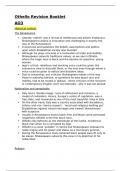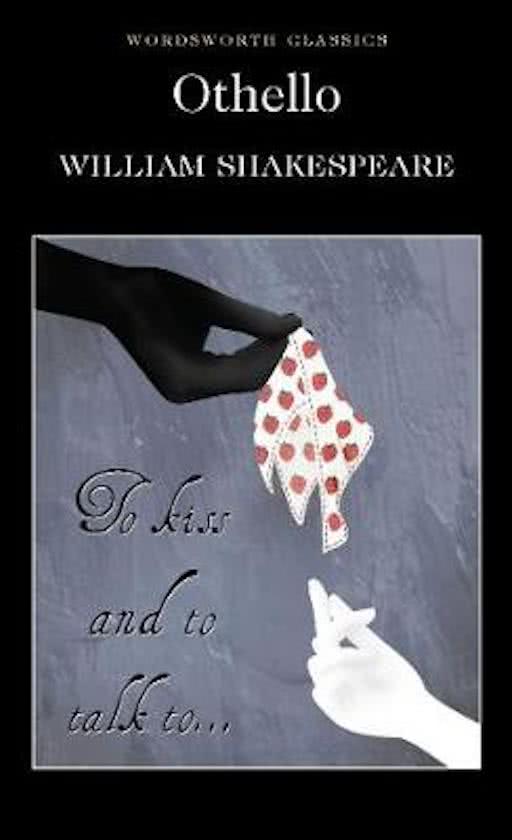Summary
Summary Othello revision booklet AQA A Level English Lit B
- Course
- Institution
- Book
Revision booklet for 'Othello' by William Shakespeare for AQA A Level English Literature B. The booklet covers all of the AO's, contains key quotes throughout, themes, symbols, and character descriptions.
[Show more]




